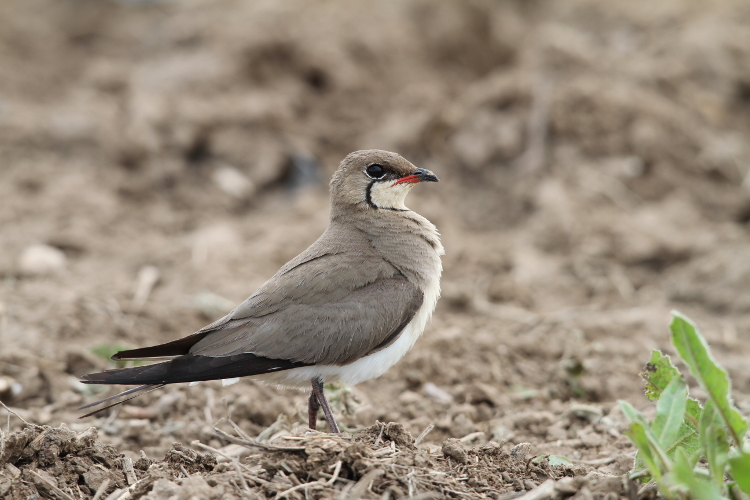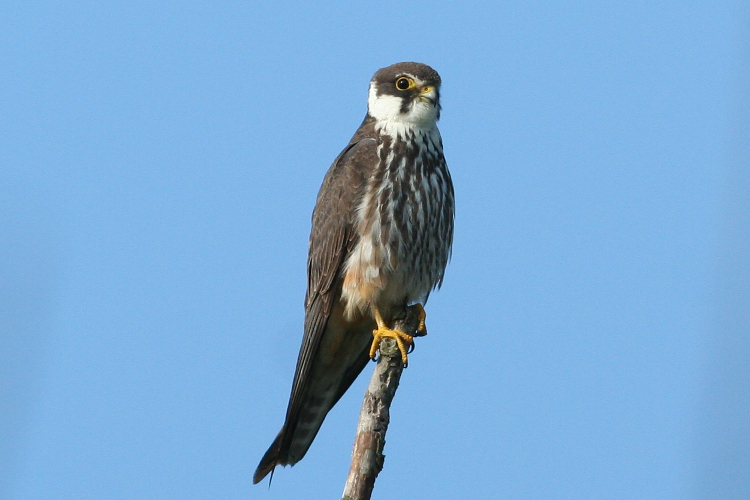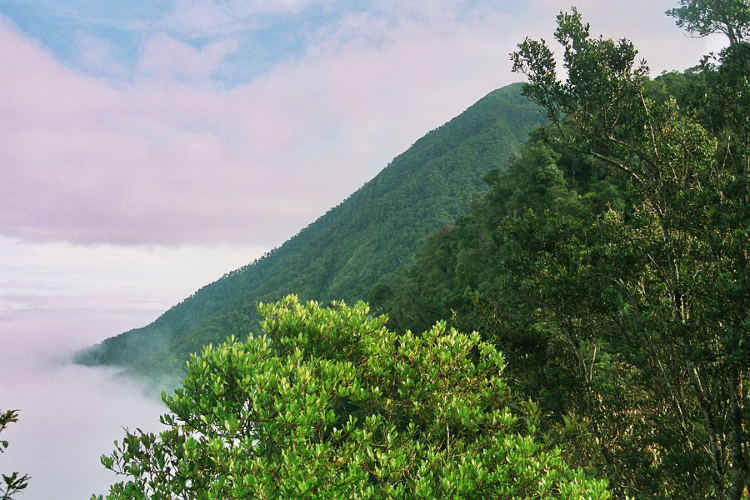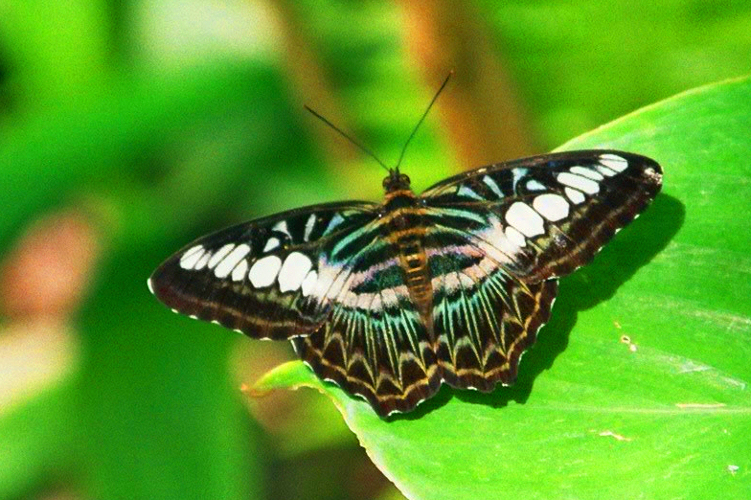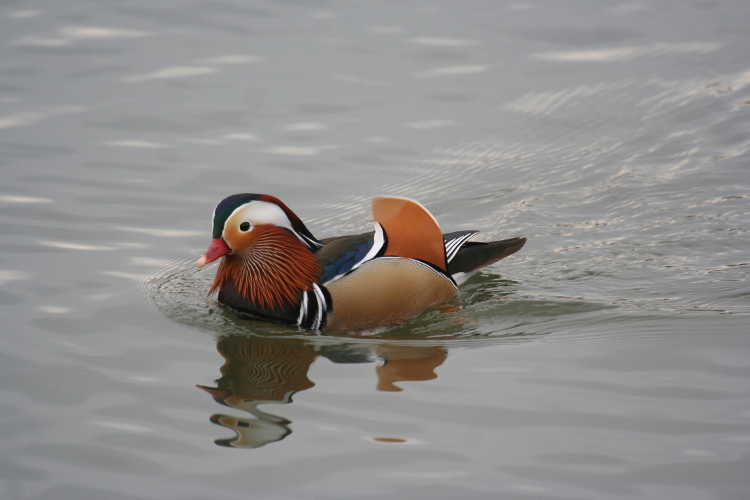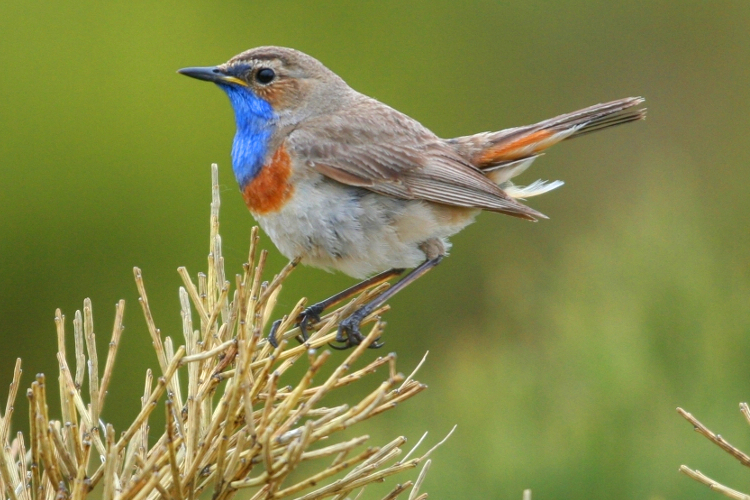LINKS



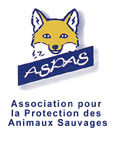

Ayuwat Jearwattanakanok's photo gallery
ouessant-digiscoping
Montier's photo-festival
Mike Watson's blog-page on birds
IOC World bird list
Birds of the World
www.wikiaves.com
orientalbirdclub
www.ornitho.lu
www.ornitho.fr
www.ornitho.ch
Guislain Simard's macro-photo
jewel-beetles
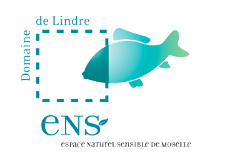




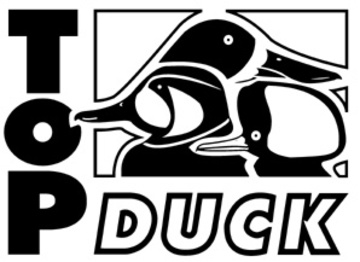
NEWS
SAY NO!
to the abuses of so-called "traditional" hunts in France, these activities do not comply with European law and are mostly condemned by french citizens but are encouraged by a handful of representatives and activists and also by a president lying in front of the lobbies (especially the hunting one)
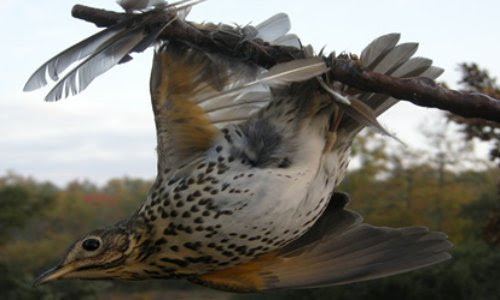
You can support the L.P.O (french league for the protection of birds) or ASPAS (french association for the protection of wild animals) battles on this subject
****
VICTORY!
THE MIGRATORY BIRD TREATY ACT IS RESTORED
This text, published by Obama administration after the oil spill disaster of September 10, 2010 was seriously weakened by Trump administration but in past October 2021 the US Fish and Wildlife service decided to revoke action from ancient president administration that removed initial features of M.B.T.A. More details on winter 2022 session of Living Bird.
****
NEWS FROM APRIL 2021: TENERIFE (CANARY ISLANDS)
I decided in April 2021 to visit the island of Tenerife, the largest of the Canary Islands, this allowed me to break with the stagnation imposed by the coronavirus pandemic. Tenerife, by its size (let's count a good hundred kilometers to travel the island from the southwestern end to the northeastern end) offers the visitor the greatest diversity of landscapes of the archipelago, from the nearly desertic hills in the west-part, the majestic "El Teide", a volcano which rises to more than 3700m (it is the highest volcanic summit in Europe) surrounded by the Corona forest, populated mainly by Canary Islands pines and finally the Anaga massif located in the northeastern part of the island, largely covered with humid forest and offering very beautifull landscapes. You can forget the southern part which runs along the coast between Granadilla and Santa-Cruz, almost desertic and wasted by unsightly marinas on the shore and endless fields of wind turbines inside the coasts.
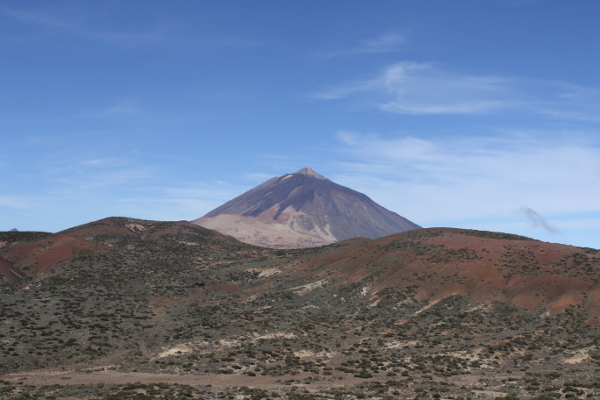
El Teide
Considering flora and fauna point of view, don't forget that the Canary Islands archipelago are located at the latitude of southern Morocco, presence of an almost tropical climate (I should rather say: several micro-climates) is expected and as often in the tropics, island regions are home to great biological diversity with especially a high rate of endemism. In the case of Tenerife, this is especially verified for vegetation with 140 species of specific plants (out of a total of 200 for the whole archipelago); Concerning fauna, it is the birds which prevail in number of species (56 in total), followed by mammals (13) reptiles (5) and amphiblians (2). I started the excursion by traversing the Corona forest by the road that leads to the volcano from La Esperanza, thus, I stopped at several rest areas to listen and observe the birds; I noticed the presence of the Canary islands chiffchaff as well as the island canary which one constantly heard singing; this last one is indeed the ancestor of our aviary canary. Many species from the mainland can be encountered such as the Great Spotted Woodpecker or the canarian race of the european chaffinch; the african blue tit looks like our european specie and is common on wooded parts of the island. The blue finch is a typical bird of the Corona forest (it is only found here), originally, it was considered to be present on both larger islands of the archipelago but since few times the subpecie polatzeki (present only in few spots of Gran Canaria and considered as endangered) is treated as a distinct specie, thus the nominate blue chaffinch is the only bird's specie endemic of Tenerife; it is a unconspicious and apparently tame bird (except when it sings).
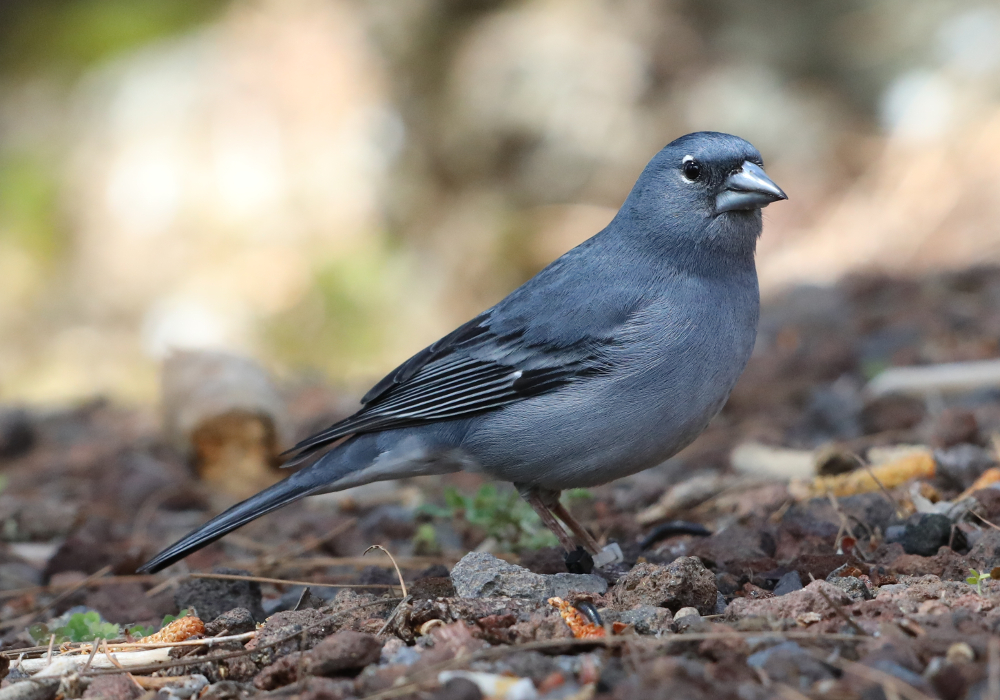
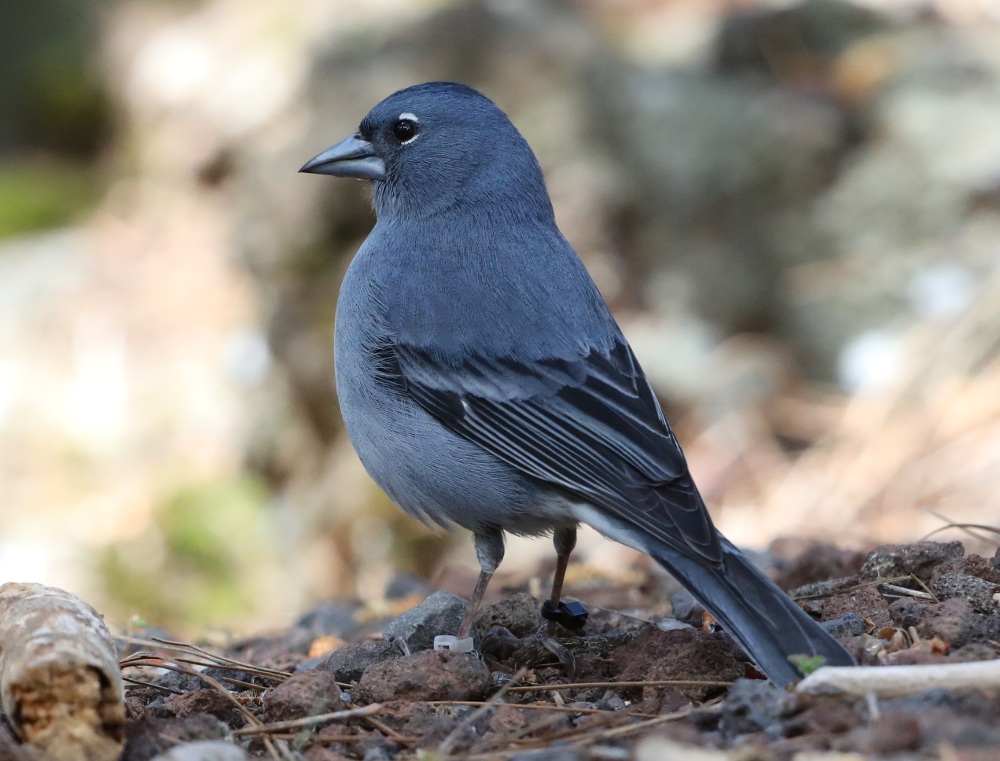
Tenerife blue chaffinch
I have observed it several times on the rest areas at middle altitude. Continuing towards the volcano, I stopped at the observatory to visit the surrounding steppe; there, I could see the abundance of species of plants that populates this pseudo-desert region; it is the domain of several birds such as the gray shrike and the barbary partridge; the Canary islands chiffchaff is also present there.
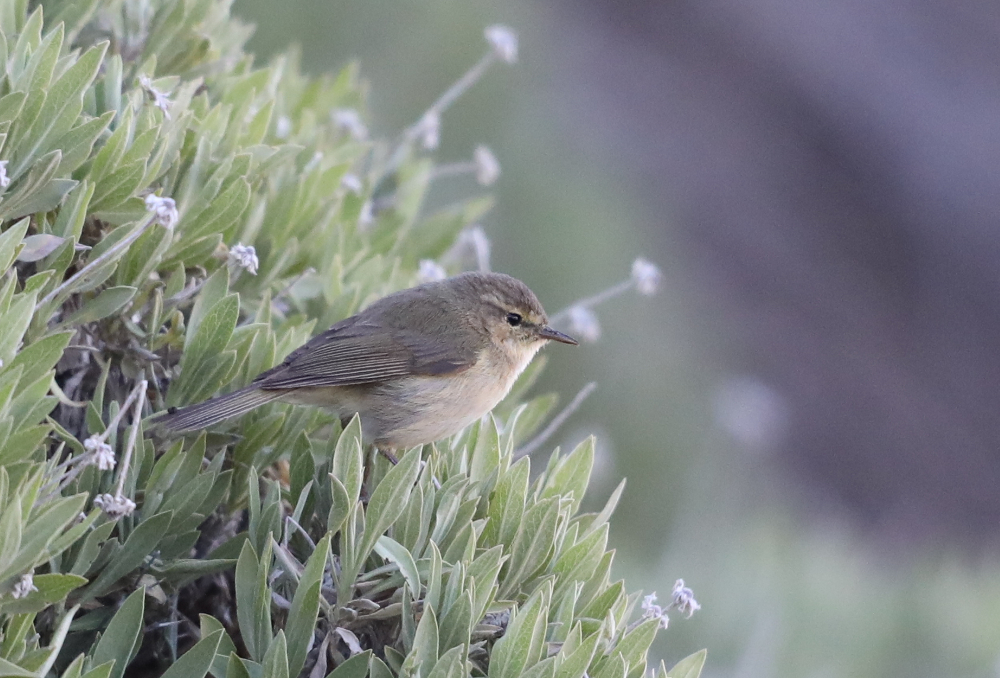
Canary islands chiffchaff
Further towards the volcano, the landscape becomes more and more desertic and is marked by the volcanic relief of the surroundings of Teide; it is the domain of the Berthelot's pipit, another endemic species of the archipelago; the surroundings of the volcano are not as deserted as one might think, they offer a fairly rich vegetation marked notably by the presence of the red veperine echium wildpretii endemic to Tenerife, when flowering this plant is covered with small flowers which give it the look of a large candle.
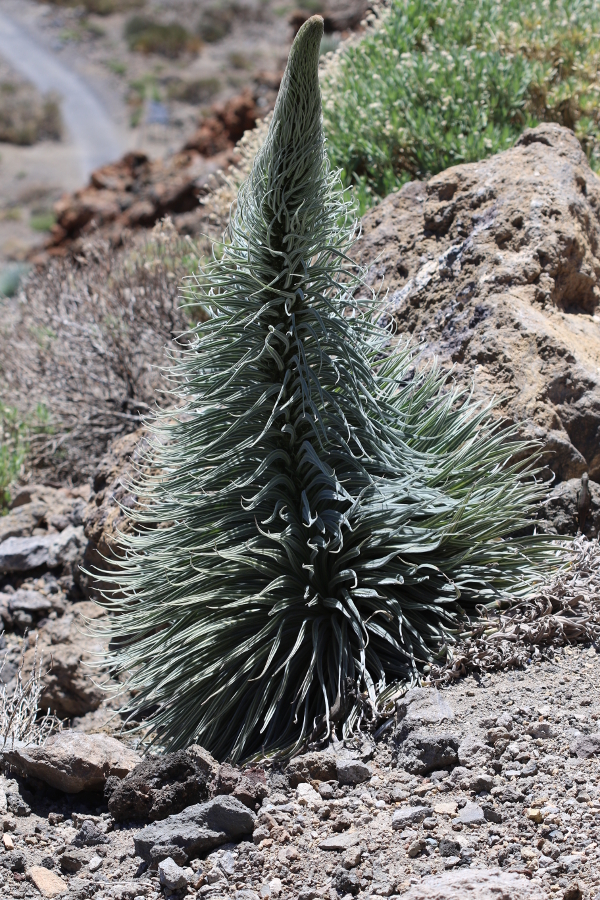
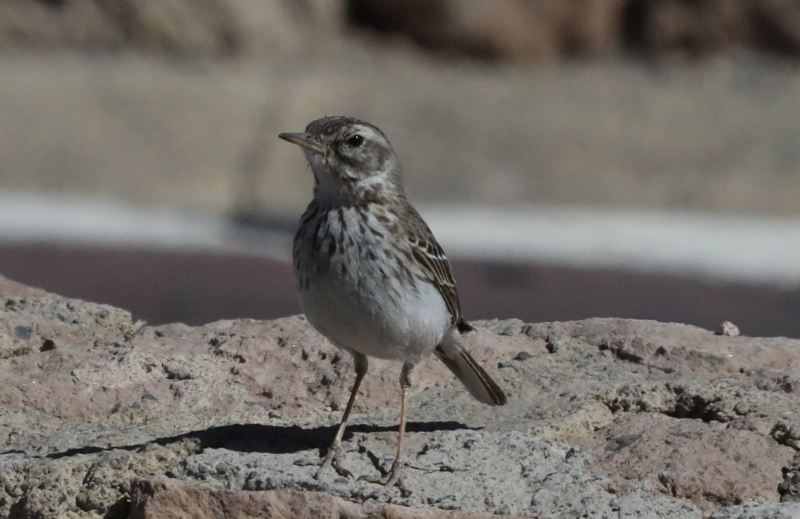
Berthelot’s pipit
I continued the excursion by visiting the north coast of the island and by visiting the surroundings of San-Juan and especially La Orotava, a charming little town with a historic district reconstituted in the Baroque style with the added bonus of a pretty little church. Tenerife, like the other Canary Islands, is a place steeped in history and offers interesting architecture in many places.
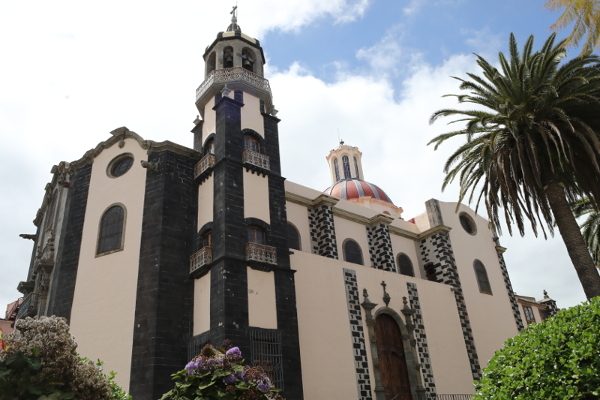
The rest of the time of this excursion was devoted to the Anagua massif in the northeast, this mountainous area is mainly covered by a humid laurel forest but also contains many endemic species (it is even the record in Europe). Several species of birds inhabit this part of the island including the plain swift, the laurel pigeon and the Bolle pigeon; these last two are endemic to the western islands of the Canaries, with a more humid climate, the Bolle pigeon is quite similar to the Trocaz pigeon (endemic to Madeira), I have been able to observe it several times around Tananagua; the laurel pigeon of laurels, less common, is more colorful and as its name suggests, subservient to the wet laurel forest. Several raptors species are also present like the kestrel falcon, which is common.
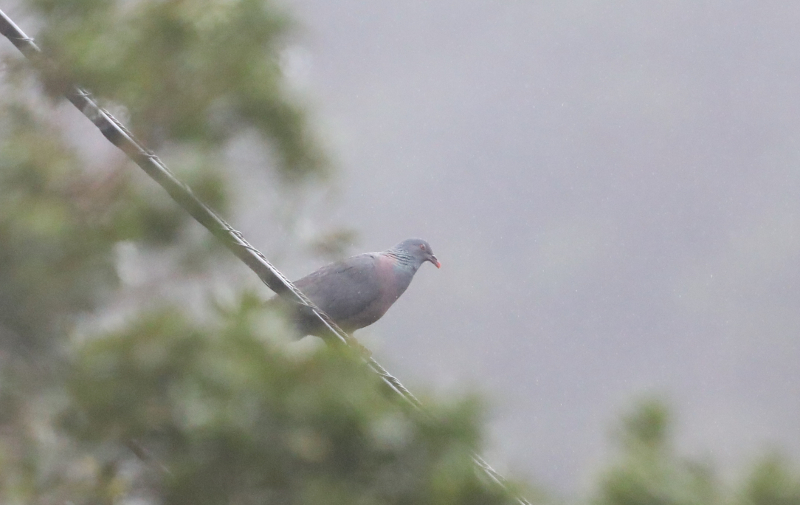
Bolle’s pigeon
The massif of Anagua is traversed by quantity of paths which offer to the visitor the opportunity to observe the luxuriant vegetation and of a great variety; laurels, succulents, numerous endemic species such as the Canarian dragon tree, the Canary palm tree, etc., not to mention the viewpoints over the jagged heights characteristic of volcanic landscapes..
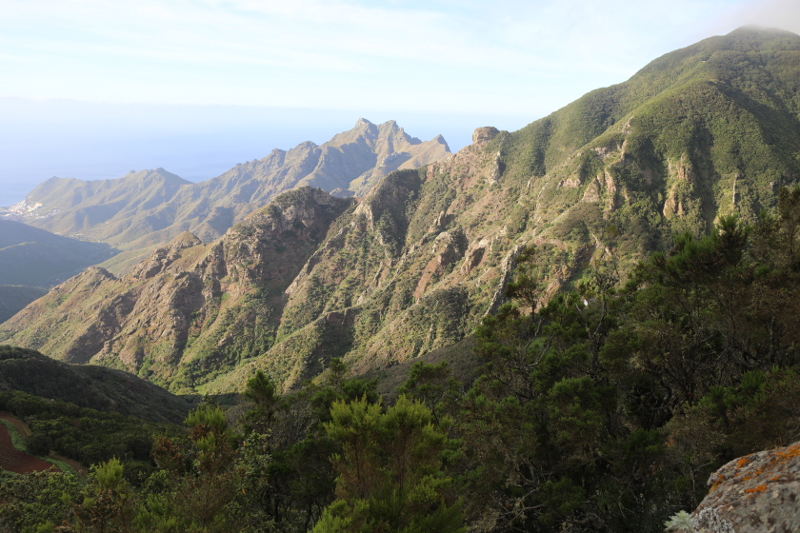
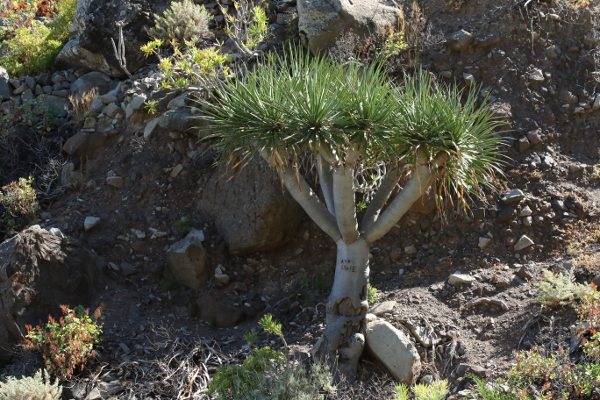
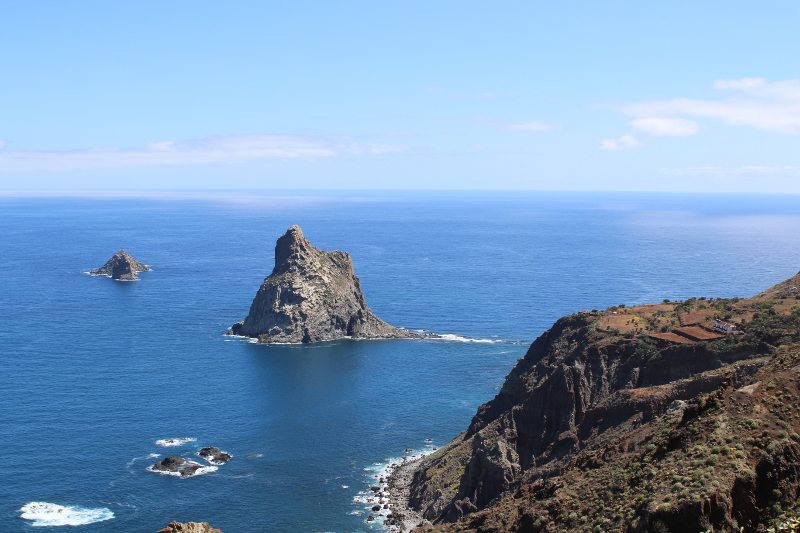
Las Roques de Anagua
I was hiking in particular one of the main trails along the coasts that leads from the village of Benijo to Roque Bermejo (at the northeast end of the island), passing El Draguillo and a viewpoint superb on Las Roques, few birds are visible in this place apart from the yellow-legged gull, the Cory's shearwater can be seen around Roque Bermejo.
